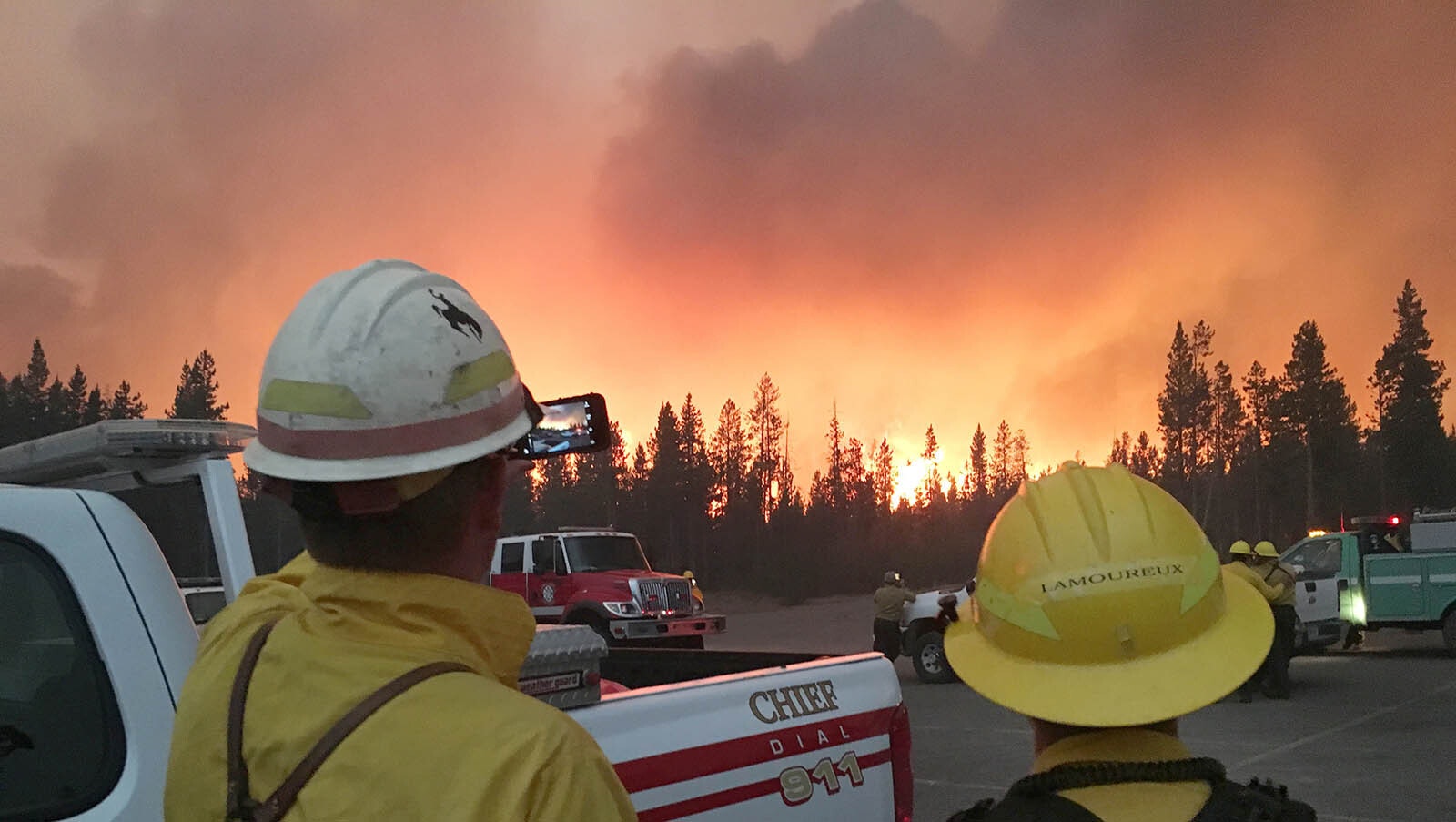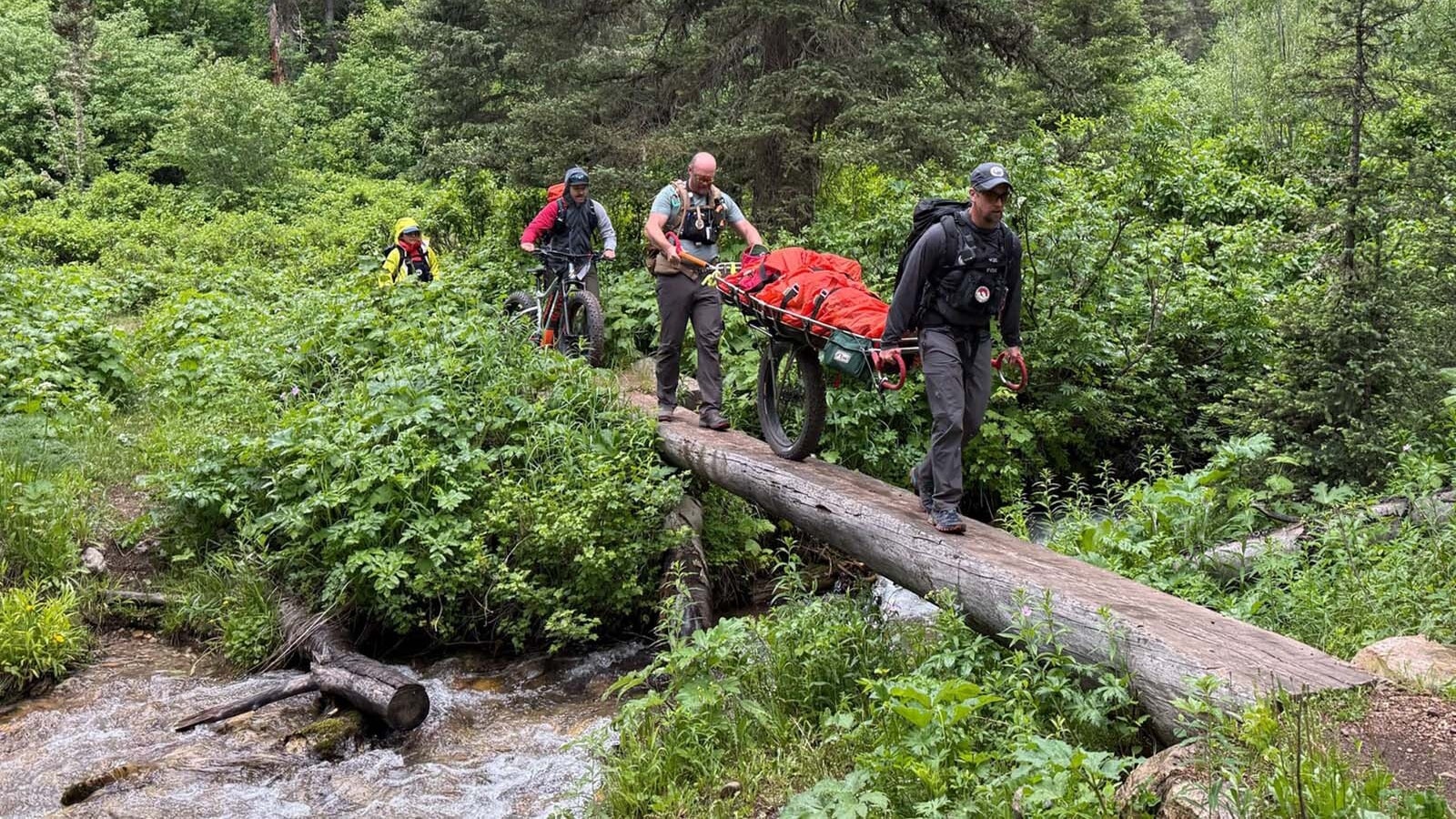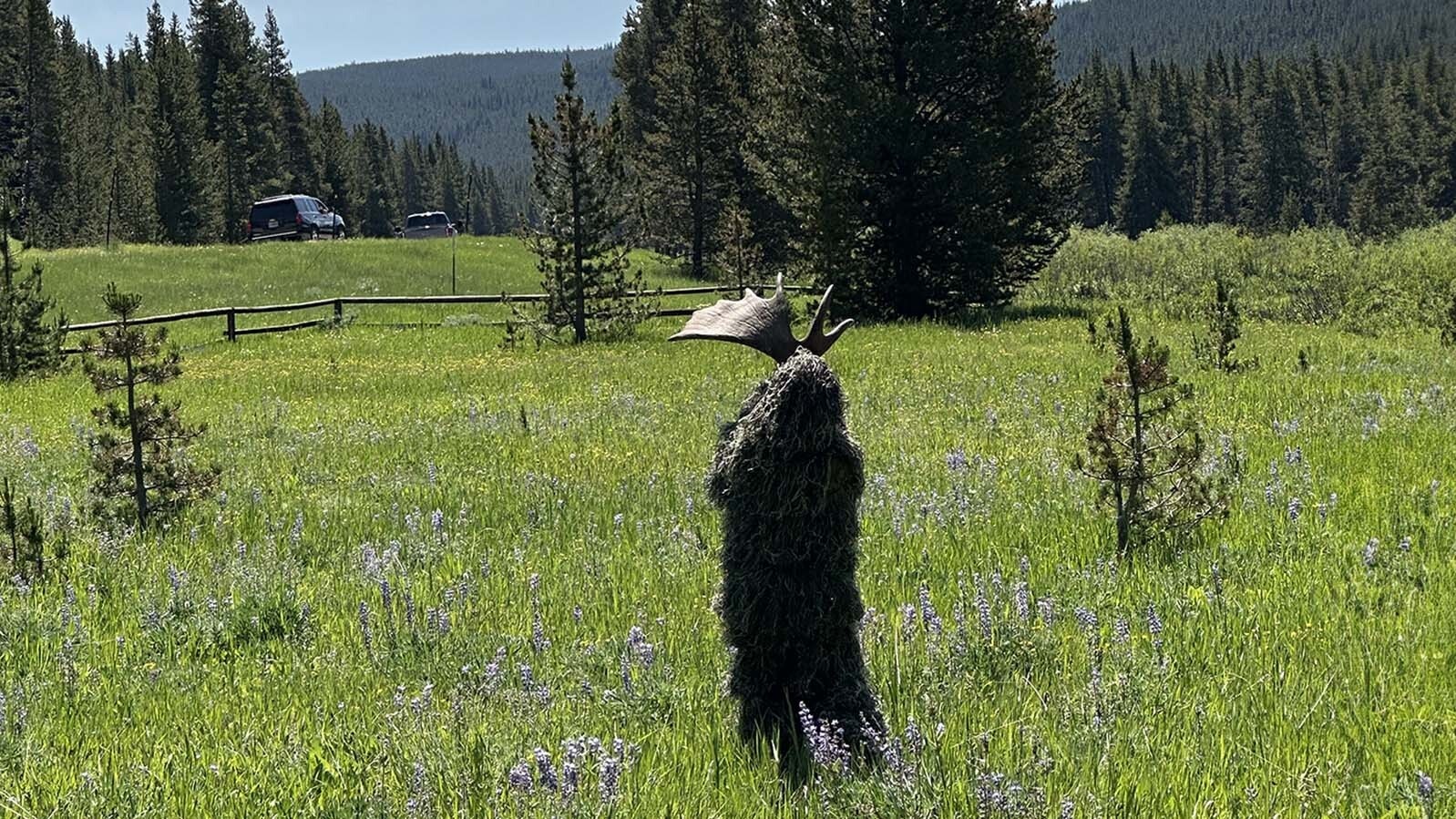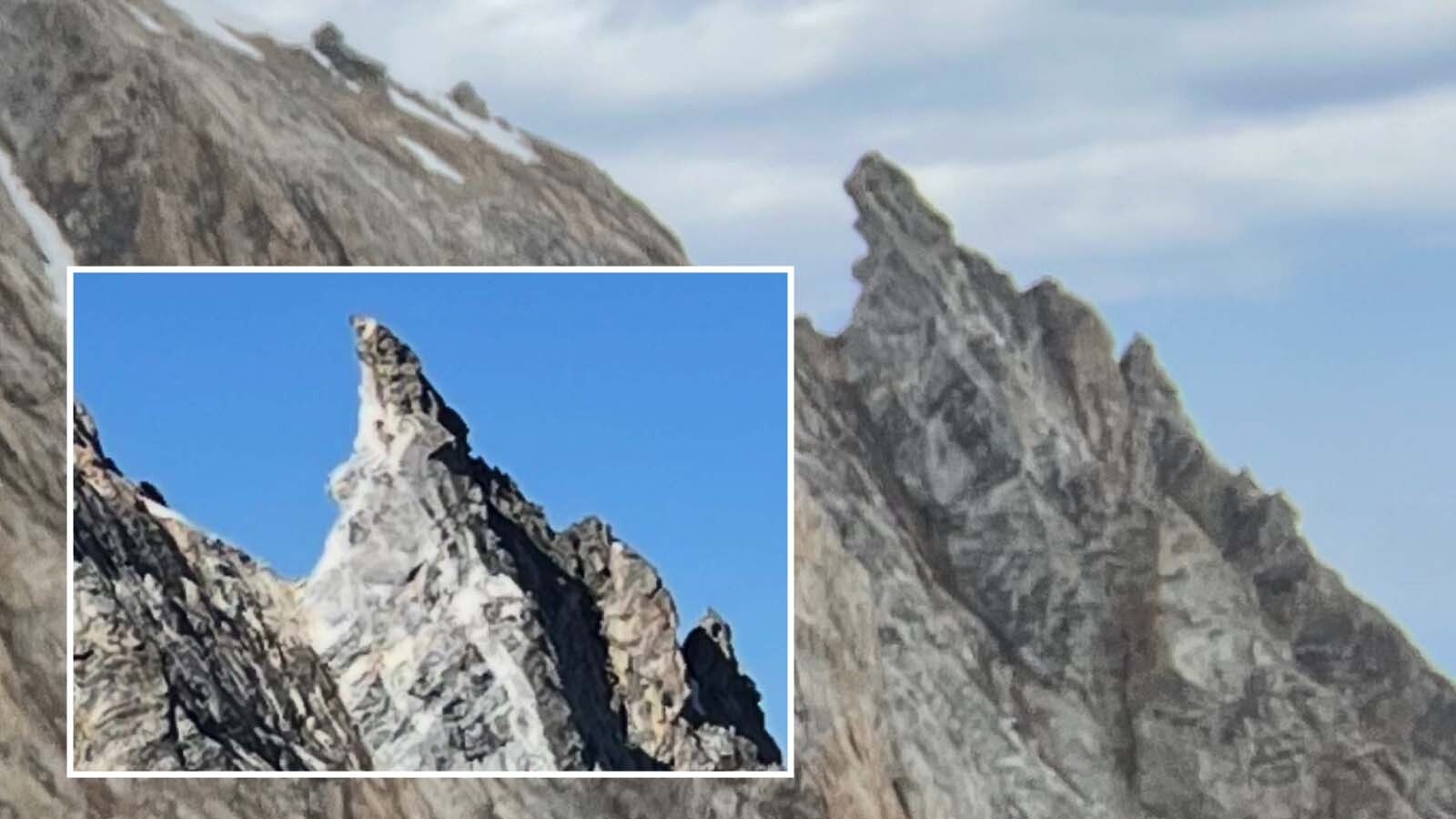For the second year in a row, Wyoming is being shut out from U.S. Department of Agriculture programs that offer wildfire protection services.
It was recently announced Wyoming is not being included in the USDA and U.S. Forest Service’s 10-year strategy to combat wildfires across the American West in 2023. Wyoming is the only Western state that has been left out of the strategy since its inception.
Wyoming has also been left off a recently formed Congressionally mandated wildfire commission. It was the second year in a row for both snubs.
The 10-year strategy unveiled in 2022 involves increasing resources to reduce wildfire risks in areas known as “firesheds,” large, forested landscapes with a high likelihood for ignition that puts nearby homes, communities and wildlife habitat at risk. According to the USDA, the 10-year strategy treats up to 20 million acres of national forests and grasslands and up to 30 million acres on other federal, state, tribal, private and family lands. In total, USDA is investing $930 million across 45 million acres, but not a penny has been devoted to Wyoming yet.
Luke Hawkins is the board chairman for Albany County Fire District 1. His department was part of the 426 firefighters who responded to the 2020 Mullen ‘megafire’ 38 miles outside Laramie, which devastated more than 175,000 acres in the Medicine Bow-Routt national forests.
“It is disappointing to learn we have been left out of the 10-year plans,” Hawkins told Cowboy State Daily on Friday. “Such fires as the Mullen Megafire that have occurred within our fire district areas have long and lasting financial impacts on our limited resources. We ask for considerations as we continue to strive to serve our communities on uphill battles of sustainable resources.”
The USDA did not respond to Cowboy State Daily’s request for comment.
In a Wednesday letter, Wyoming U.S. Sens. John Barrasso, Cynthia Lummis and Rep. Harriet Hageman blasted USDA Secretary Tom Vilsack and U.S. Forest Service Chief Randy Moore.
“While we strongly and unequivocally support efforts to increase the proactive management of national forests, we are deeply concerned with the continued exclusion of our great state of Wyoming from this strategy,” the letter reads. “We therefore urge the USDA and Forest Service to better defend Wyoming’s forests and rangelands by including them in the 10-year strategy, as well as broader agency efforts to combat wildfires.”
Hawkins said he appreciates the letter and said an investment through the 10-year strategy, in some regions totaling as much as $273 million in 2023, would impact the Albany County community.

Behind The Snub
Gaby Hurt, a spokesperson for Barrasso, said the senator has never received an answer as to why Wyoming has been left out of these programs. Wyoming is often at odds with President Joe Biden’s administration and supported his 2020 opponent, former President Donald Trump, with a larger margin of the vote than any other state.
The USDA and Forest Service have announced significant investments in 21 areas connected to firesheds.
The Forest Service has identified a small quantity of Wyoming lands to be a high-risk fireshed, in the Bridger-Teton National Forest outside Jackson and a small section of the Black Hills National Forest in Northeast Wyoming. The delegation does not agree with this determination.
“Like the rest of the West, Wyoming is incredibly vulnerable to catastrophic wildfire,” the delegation writes.
Bill Mayer, deputy fire management officer for Teton Interagency Fire, said he could double his staff and still have more than enough fire mitigation work to do in Grand Teton National Park. His biggest challenge is not finding employees, but finding affordable housing for them to live in, an ever-growing problem in Jackson and Teton County.
“We can’t hire employees because there’s no housing for them,” he said. “Unfortunately, the trees grow faster than the housing.”

Past Burns
Over the past five years, Wyoming experienced numerous destructive burns, including four wildfires severe enough to receive emergency assistance from the Federal Emergency Management Agency.
There were also thousands of acres that burned in the rangelands of Carbon County as a result of the Mullen Megafire.
In 2018, thousands of acres burned in the Bridger-Teton and Medicine Bow national forests in the Roosevelt and Badger Creek fires.
There was also a particularly destructive fire near the Northwestern Wyoming border in Montana in 2021.
In general, 4 million acres of Wyoming land are considered at a “high” or “very high” risk for catastrophic wildfire, according to recent Forest Service estimates. Drought conditions over the last few decades have wreaked havoc on many Wyoming communities bordering forests and wilderness areas, with major wildfires occurring at a much more frequent rate than historical norms.
Forest Service data suggests that ⅓ of all national forest lands in America are at severe risk for devastating wildfires.
“These fires wreaked havoc on our forests and our communities,” the delegation writes. “Lives and livelihoods were upended; precious natural resources and critical infrastructure went up in smoke.”
Wyoming is also the only Western state to lack representation on the Wildland Fire Mitigation and Management Commission. The commission makes federal policy recommendations and strategies to improve wildfire prevention, management, and suppression. Despite being snubbed for a commission seat in 2022 and the delegation raising concerns at the time, Wyoming was left out again for 2023 with no representation.
Hurt said Moore will be testifying before the Senate Energy and Natural Resources Committee this spring, and Barrasso, the leading Republican of the committee, plans to question him about these issues.





